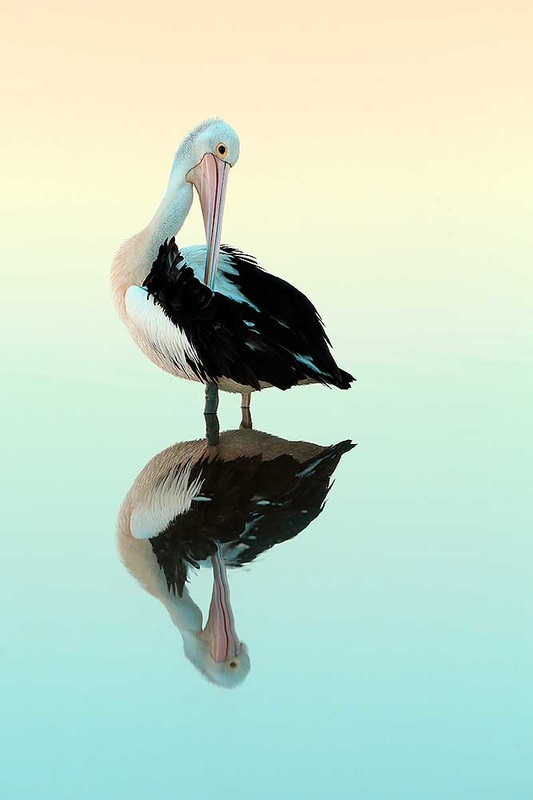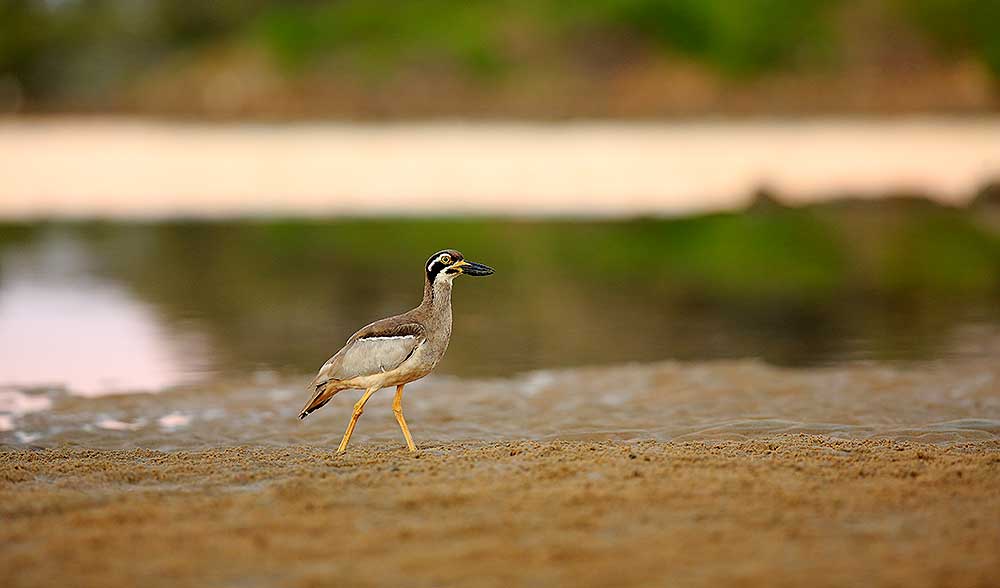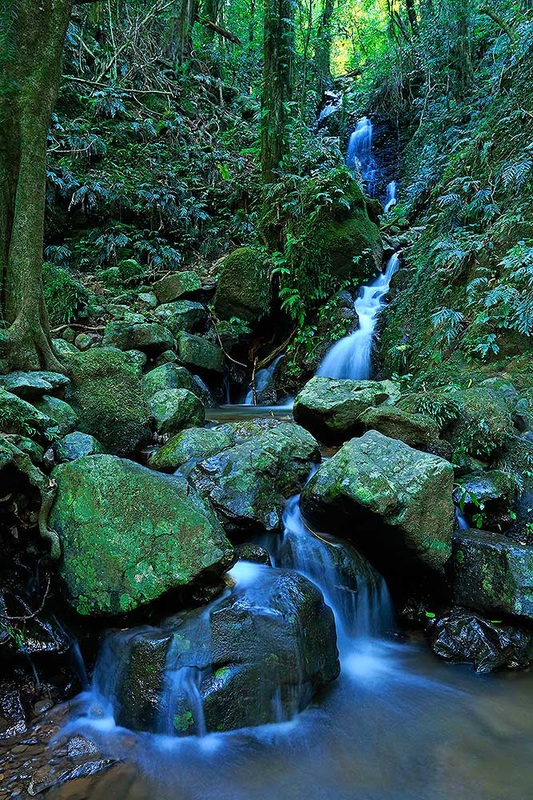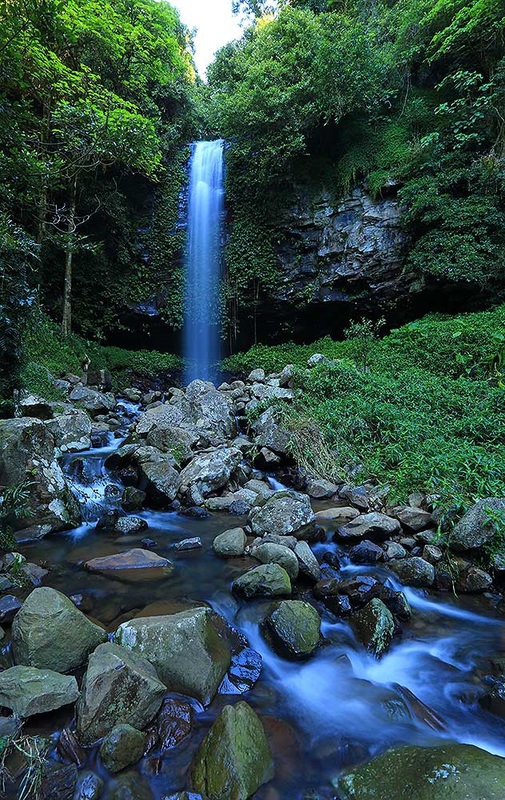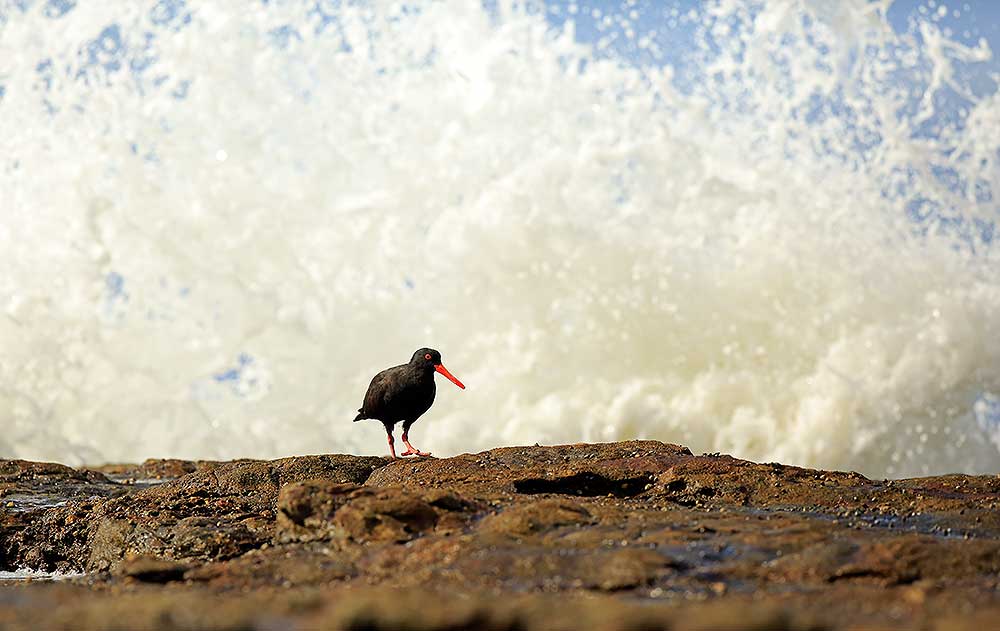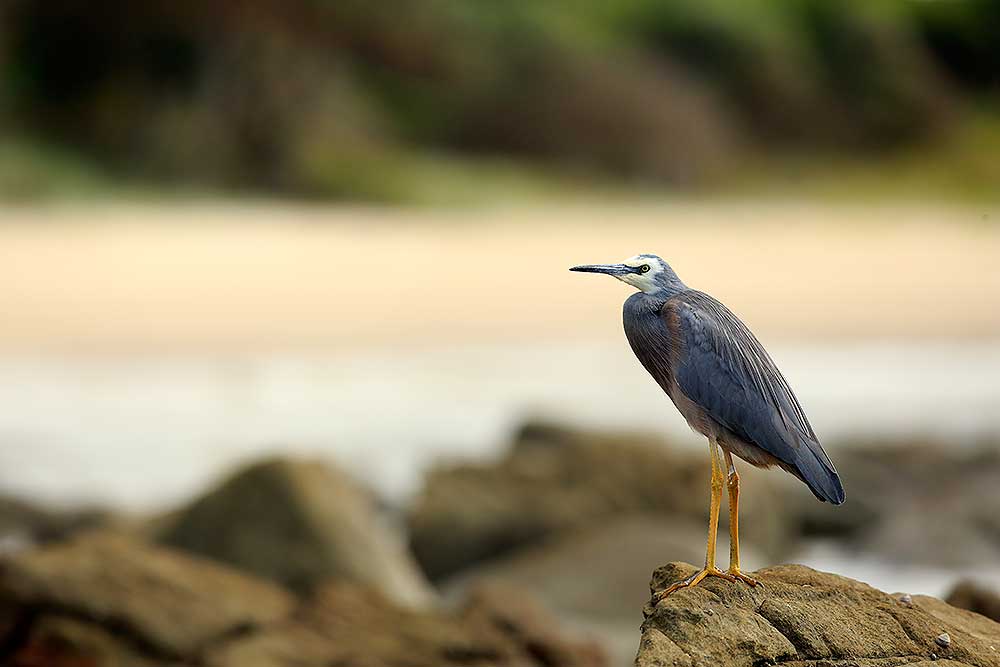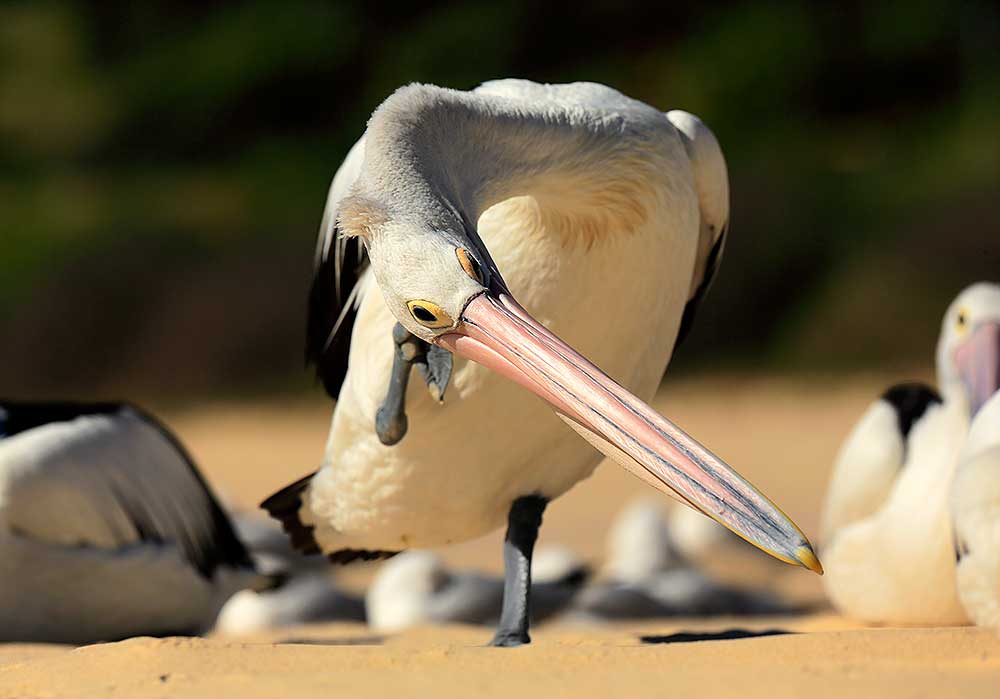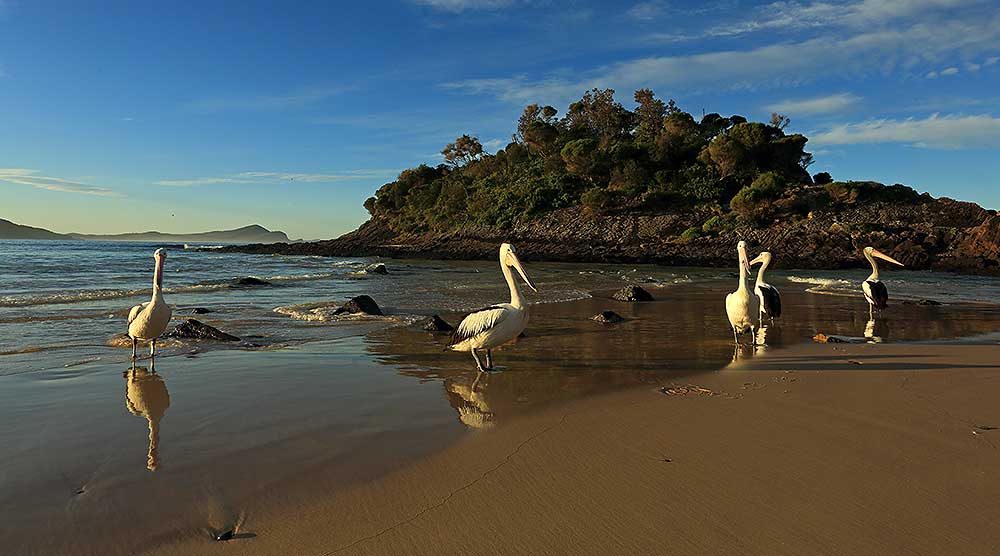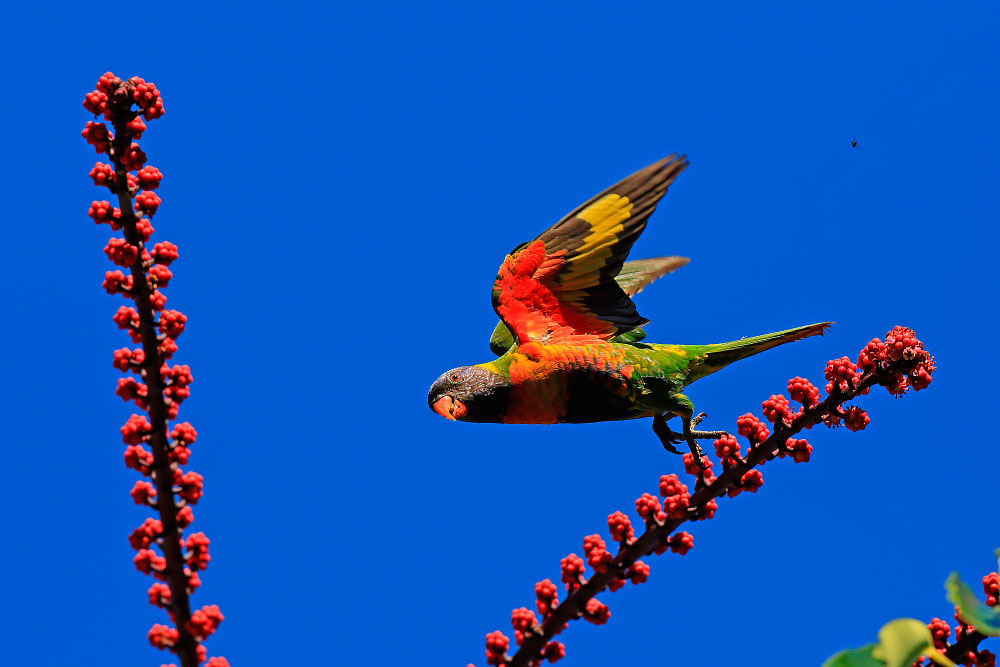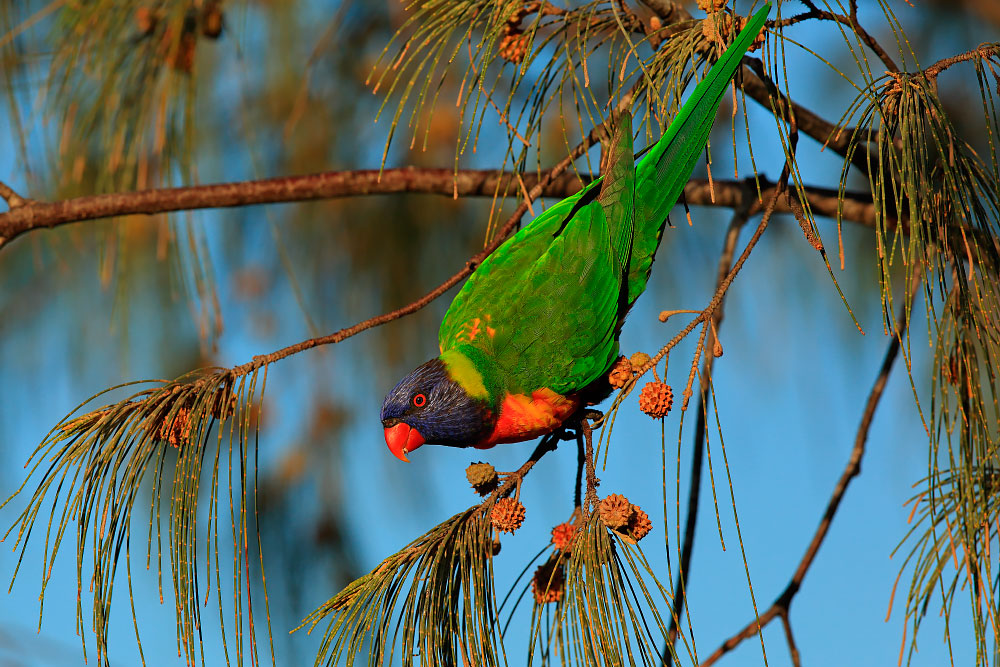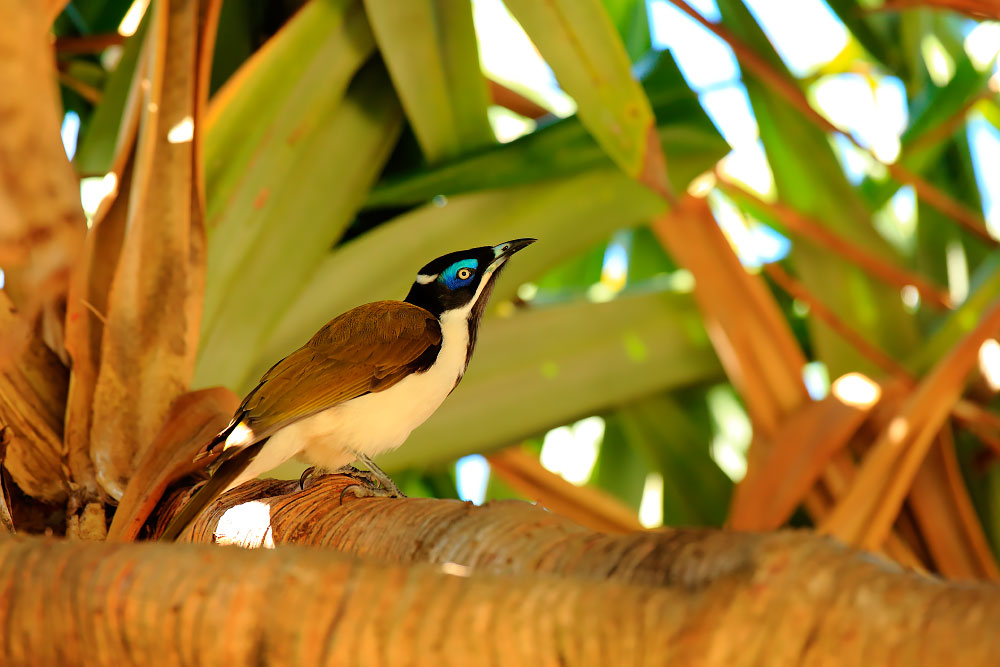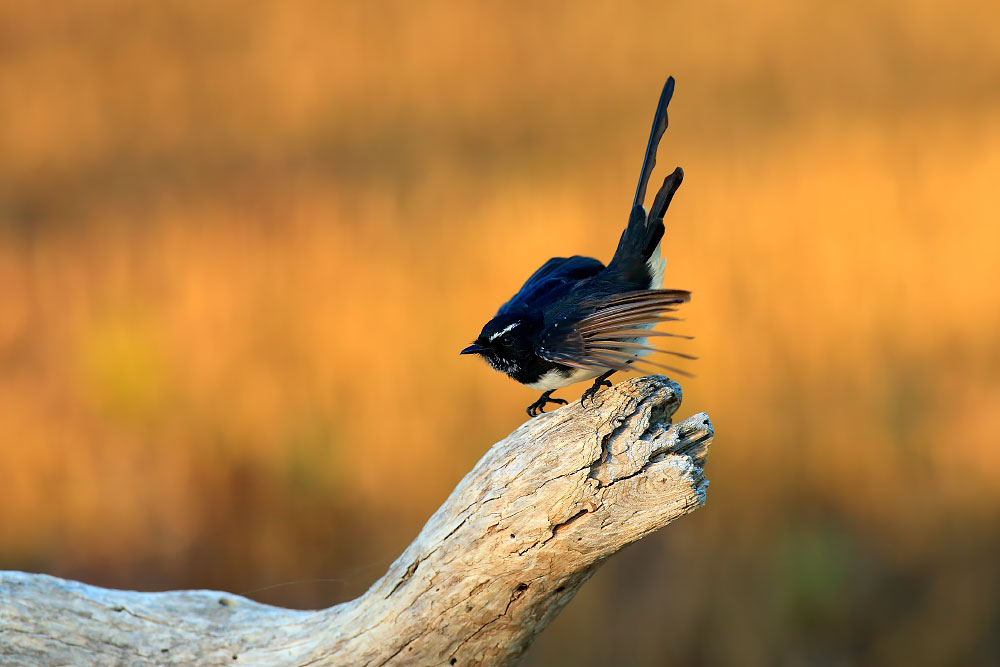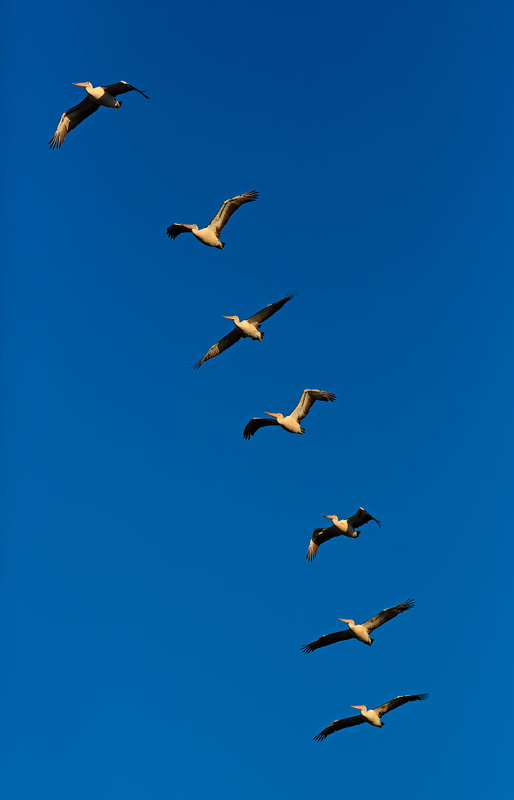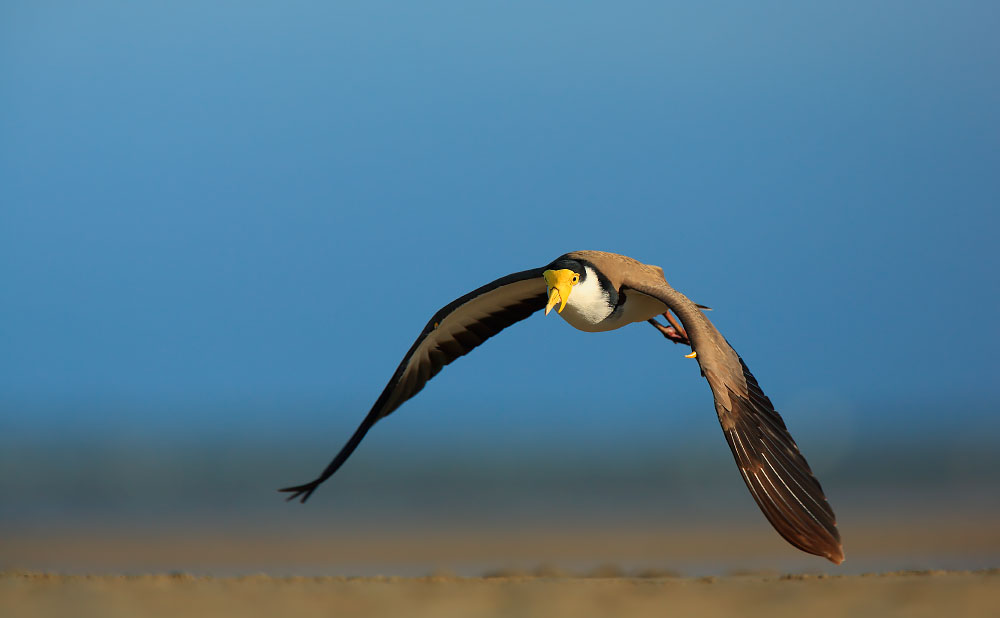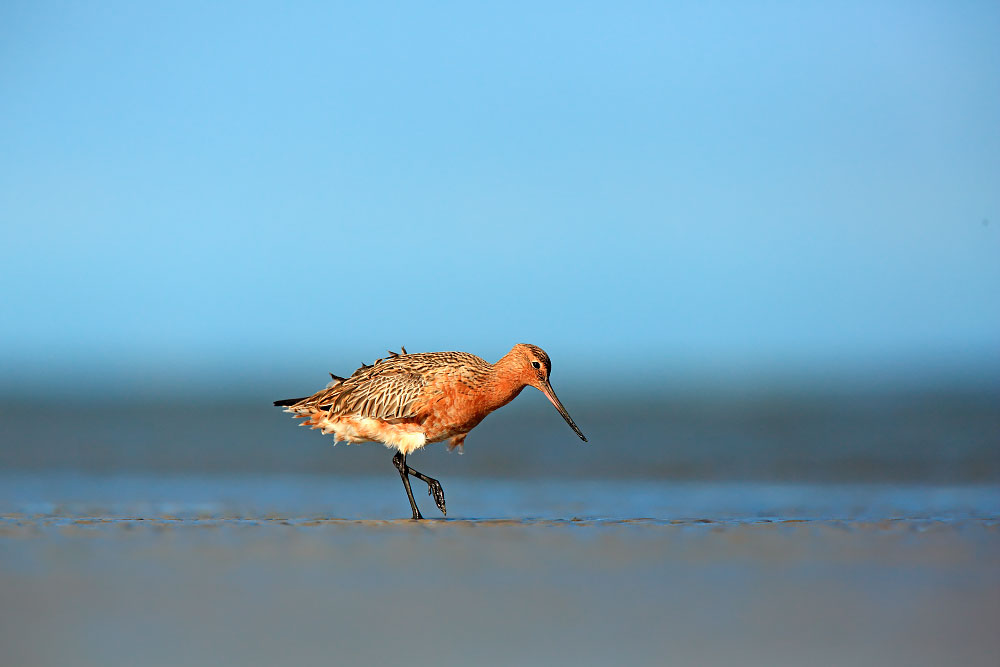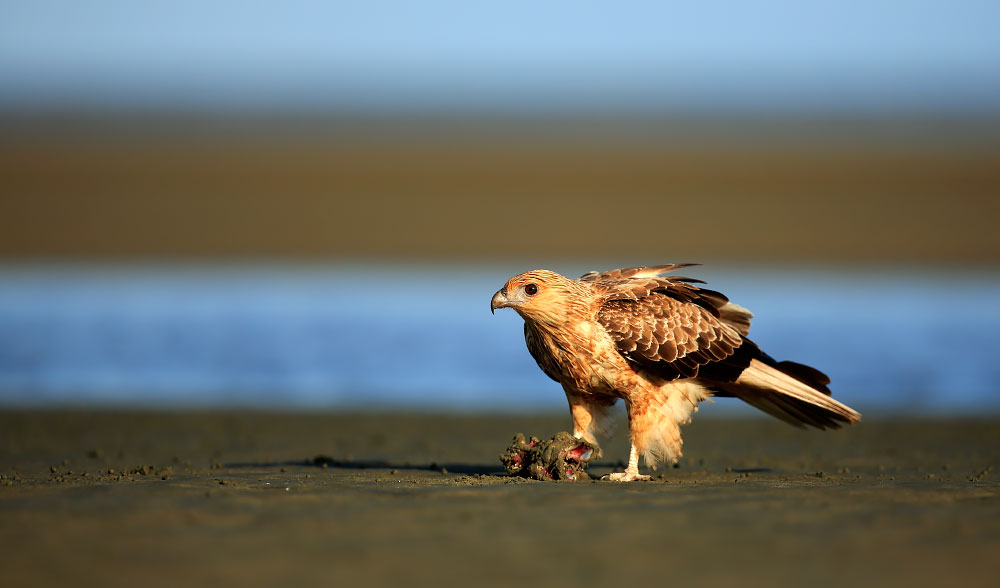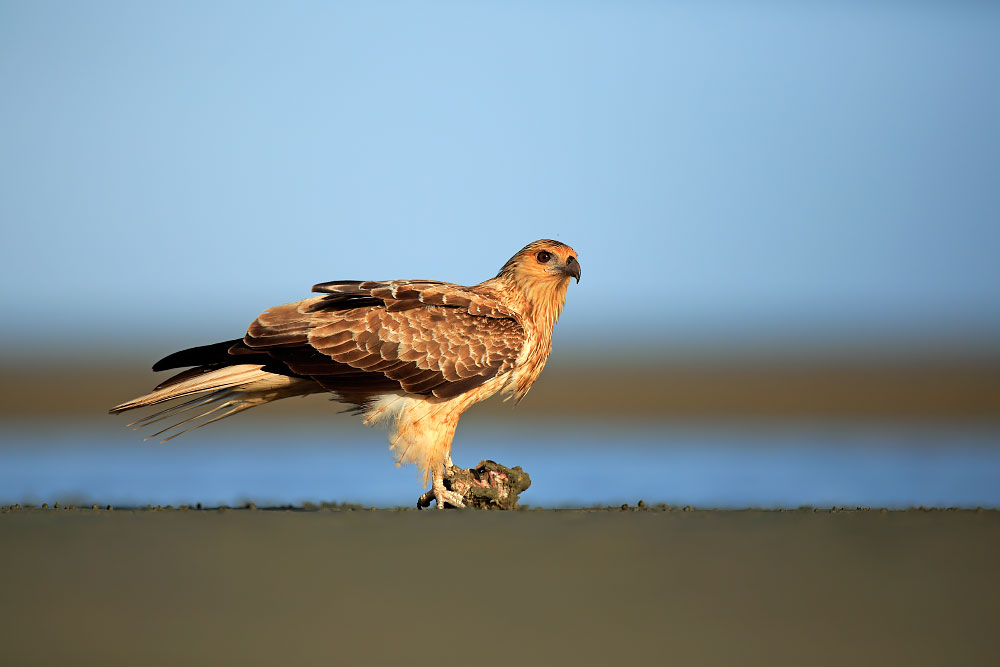|
I have now been travelling around Australia for 7 months, it has been an incredible experience so far. I have loved every moment of it both photographically and just from a life experience point of view. I just hope you have enjoyed the seeing the images as much as I enjoyed taking them. I have been filling up my hard drives, working my camera to death and there is only another month to go now before we move on to Bali and then New Zealand. This final leg 'down under' is a long road trip, heading from the warm sub-tropical climes of Brisbane to the cold temperate coastline of southern Australia. Of course with a bit of semi-arid landscape in the middle just to add a bit of variety. Here are just a few photos from the first leg along the coastline of NSW before we headed inland through the ACT, Victoria and South Australia. Our first stop with wildlife was the small town of Urunga which is known for its boardwalk across a mangrove habitat to the beach. There is the usual local population of Australian Pelicans who are more than happy to pick up the scraps from the fisherman, they also posed superbly in the perfectly still water and I was blessed with a soft evening light. It all equated to a really artistic shot, very striking but really rather simple. I always remember what I was taught at school ... K.I.S.S (Keep It Simple Stupid) and it is often very apt. The mangroves were also home to a small breeding population of the Beach Stone-curlew which were surprisingly obliging on the photography front. The low light levels did make it pretty tricky to the get shots but the high ISO capabilities of the 5D Mark III helped no end. We also visited the nearby Dorrigo NP, famed for its spectacular stand of sub-tropical rainforest. It really is a landscape photographer's dream ... And back to the wildlife ... The Sooty Oystercatcher is a bird that I have been trying to find ever since I arrived in Australia, these stunning birds live on the rocky foreshore and can be pretty flighty. It wasn't until we visited the township of Iluka (close to Urunga) before I got my first sightings and they were superbly obliging. Bearing in mind that I only have a 300mm f2.8 lens, my reach is rather limited when it comes to bird photography but these were really compliant subjects! I spent over an hour sat on the volcanic rocks trying to capture them and feel I put together quite a collection. Above is just a small taster of the time I spent at Iluka. I was also accompanied by a White-faced Heron for much of the time. Whilst eating my lunch I also had a few cheeky Australian Magpies come and keep my company ... Our final stop on the first leg of our tour was Seal Rocks. All I can say for this tiny community is ... WOW! It is so peaceful, utterly beautiful and pretty much untouched. A truly special place on this stretch of Australia's coastline, just make sure you don't tell too many people about it! The lighthouse was the real start
0 Comments
Photographing birds is a speciality within the field of wildlife photography and it is a discipline which I am by no means an expert in. I specialise in photographing mammals, and that is what my equipment is focused towards, but every now and then I dabble in photographing our feathered friends. With a 300mm lens photographing any species of bird can be a challenge but sometimes it is important to broaden your horizons and go out of your comfort zone. So in Beachmere, Queensland I did just that. Rainbow Lorikeets are one of the most colourful and common birds throughout Australia, they make superb photography subjects and I did my best to do them justice. Here are just a couple of images from lorikeets around the house we were staying in ... It wasn't just the lorikeets that made great subjects around the area there always Blue-faced Honeyeaters around too. There was also a number of pairs of the superbly named, Willie Wagtail. These charismatic little birds were tricky to photograph due to their small stature and speedy movements. Australian Pelicans are the giants of the sky around Beachmere, with their powerful long wings they cruise overhead or skim across the water before settling and searching for the fish they feed on. They are incredibly accomplished on the water too, more than happy to move silently across the water with their submerged feet paddling away. Wading birds are incredibly common across Moreton Bay, which Beachmere is central to. Eastern Curlews are fabulous but incredibly shy and with a 300mm lens I sadly wasn't able to photograph them. However Masked Lapwings and Bar-tailed Godwit were also common and a little easier to approach. It wasn't until the last day that I cracked the technique to photograph them at so close distances so I only managed a few shots as the tide receded. Lastly, and for me most spectacularly, I had incredibly close encounter. Sitting in the house one day I received a shout from my girlfriend that a large bird flew over her, she had been sunbathing on the beach at the bottom of the garden. I rushed out with my camera to see if I could spot whatever it was that had flown over. At first, it seemed as if the vast mudflats were empty, there was nothing in sight. After a minute or two I decided to head back in to the house, retreating from the blistering Australian sun, but at that moment I noticed a brown shape moving on one of the exposed pieces of mud. Looking through my lens, I instantly realised I had been too hasty and my girlfriend was right. I knew it was a bird of prey but without my binoculars I couldn't tell what. There was only one thing for it, to start crawling through the mud and the shallow pools and get closer.
As I got down to the high tide mark, I noticed that the bird was standing atop of an object but it was too far away to see what it was. I kept on shuffling closer, ever closer until I was within perhaps 25 metres. I thought that the bird must leave the mud as I started to make my way through a pool of water. It continued to feed, seemingly unconcerned by my presence with just the occasional glance in my direction. It seemed to realise I meant it no harm, and with my low profile I can't have looked much like a person. It was now that I could see it in incredibly clarity, the setting sun had turned the bird's plumage a beautiful golden-brown and the eyes positively glowed. It was a magical experience, an encounter with a raptor like no other I had ever had. I spent over an hour watching and photographing, all the while the bird was completely relaxed. It was only when the food item had been stripped clean (seemingly a bone that had been left high and dry with the falling tide) that it flew off down the beach. What was it I hear you ask ... a Whistling Kite of course! |
AuthorBret Charman Archives
July 2024
Categories
All
|

